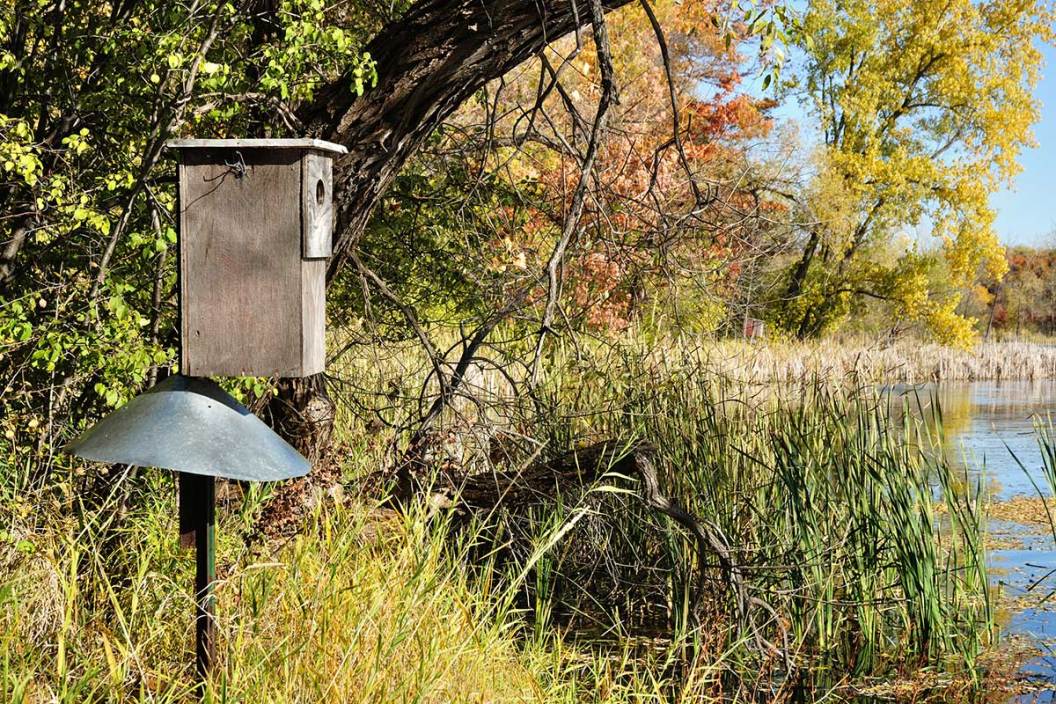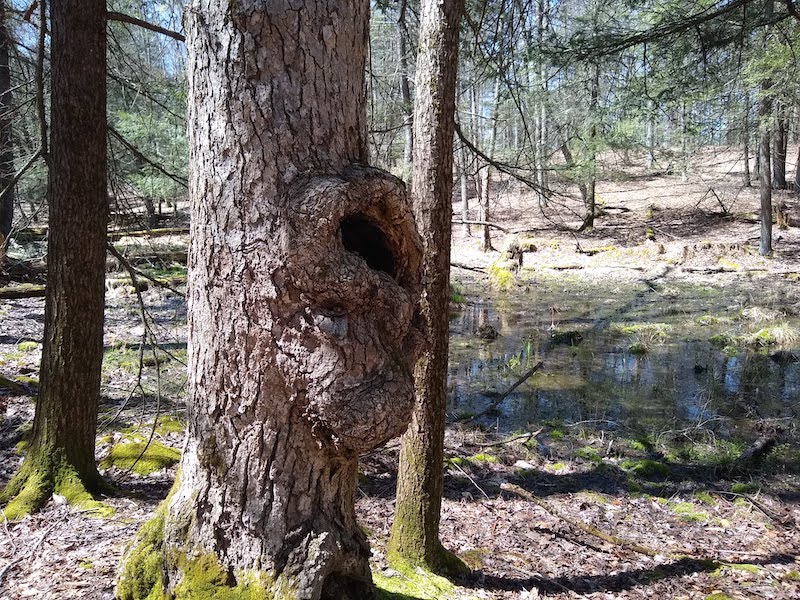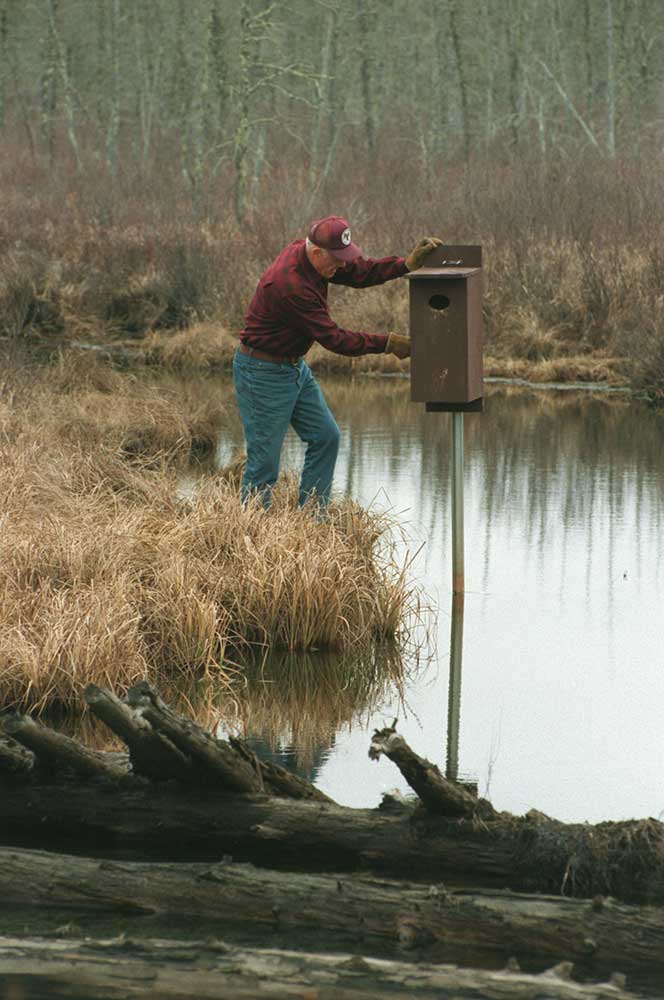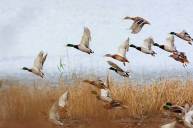Wood ducks, like a good portion of the wild birds we know and love, are cavity nesting birds. This means that they prefer to nest off of the ground, usually inside of a dead tree or some other place that affords them safety from predators. Hanging a wood duck nesting box is a relatively easy way to help these wild waterfowl survive and thrive in the wilderness. Hunters and other conservation-minded folks have been building and hanging wood duck boxes for generations. We grew up learning about the wild animals around us, leading us to truly care about the creatures that we hunt, and developed into real stewards of the land. The use of sound, conservation-driven wildlife management may have began a long time ago, but it has become more and more of a standard. Outdoorsmen and women see it as more than just a way to improve a hunt or harvest success ratio. Once we learned to recognize the basic habitat and breeding requirements for the wild game around us, it became clear that we can give back in smart, meaningful ways.
Wood Duck Habitat Conditions
Understanding the need for wild animals to have top notch habitat environments is a major step in developing conservation efforts. In fact, these things have long been a primary purpose of organizations like Ducks Unlimited.
DU has been at the forefront of waterfowl conservation in every conceivable way in North America, and there's no doubting the level of work DU has put into the improvement of waterfowl habitat. They've helped find ways to restore and maintain waterfowl habitat for all ducks and geese, and that includes the wood duck. Even if they have some exceptional nesting habits, they still need the time and attention given to other waterfowl species to help improve their situation.
Wood ducks live and breed across the North American flyway system, but they are more prevalent in the Atlantic and Mississippi Flyways. Wood duck populations were depleted by years of habitat loss and over-hunting, but luckily those factors have been aggressively turned around. Part of that is due to the use of manmade nest boxes. While some government agencies and conservation organizations have led the way, private citizens also routinely build and hang wood duck nesting boxes in the proximity of nearby wetlands. The actions have proven vital. In fact, wood duck boxes are sometimes used multiple times during the same breeding season, which helps prove just how important they are.
Lessons Learned
Whether it is the hanging of wood duck nesting boxes, caring for and improving hardwood forest habitats, or following the hunting guidelines set forth by the wildlife agencies, hunters can serve their role as conservationists.
In this way we have become serious difference makers in the conservation community. As DU says, "it is estimated that 300,000 wood duck nest boxes produce 100,000 ducklings annually in North America." That's a significant number no matter what way you look at it.
Please check out my book "The Hunter's Way" from HarperCollins. Be sure to follow my webpage, or on Facebook and YouTube.






